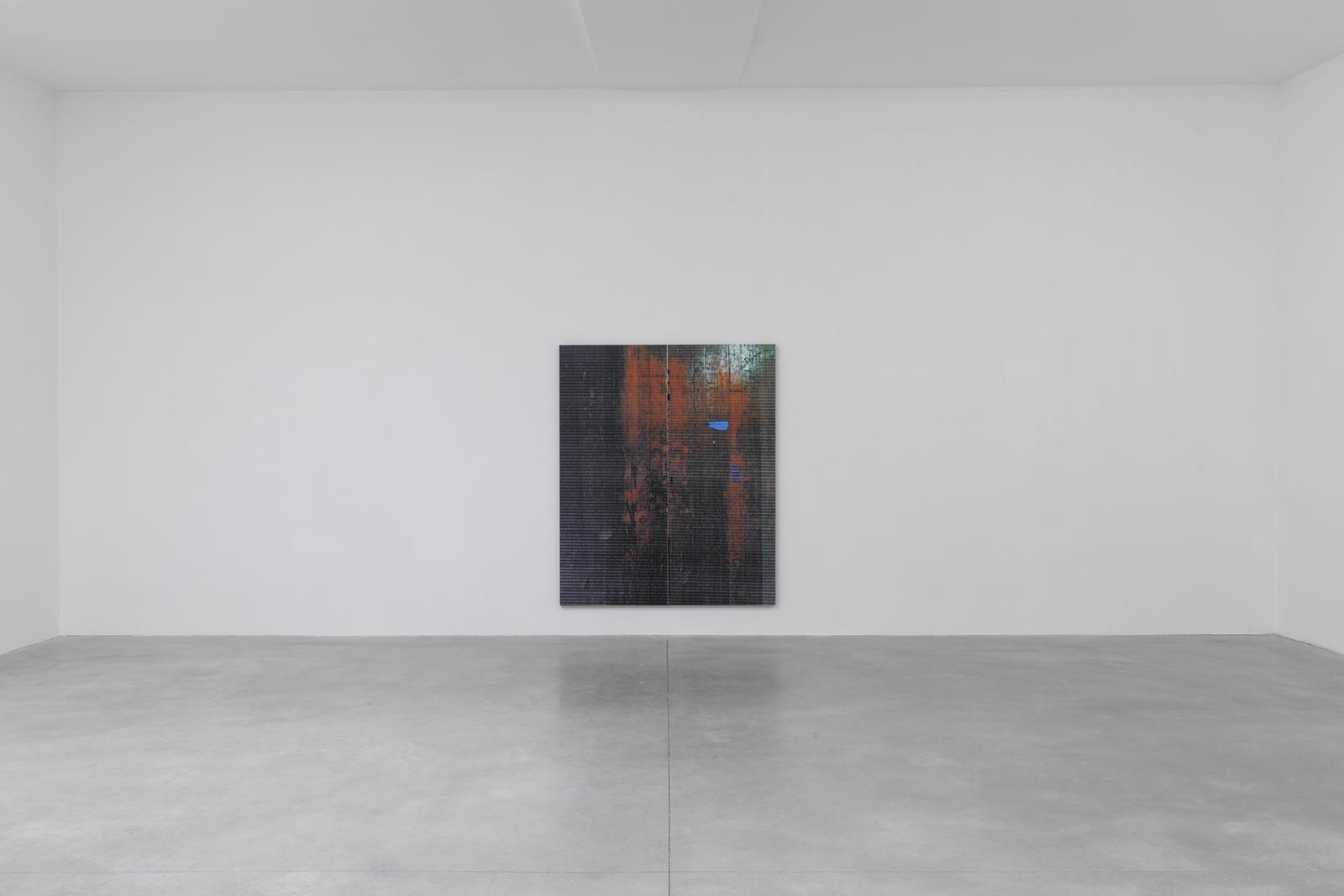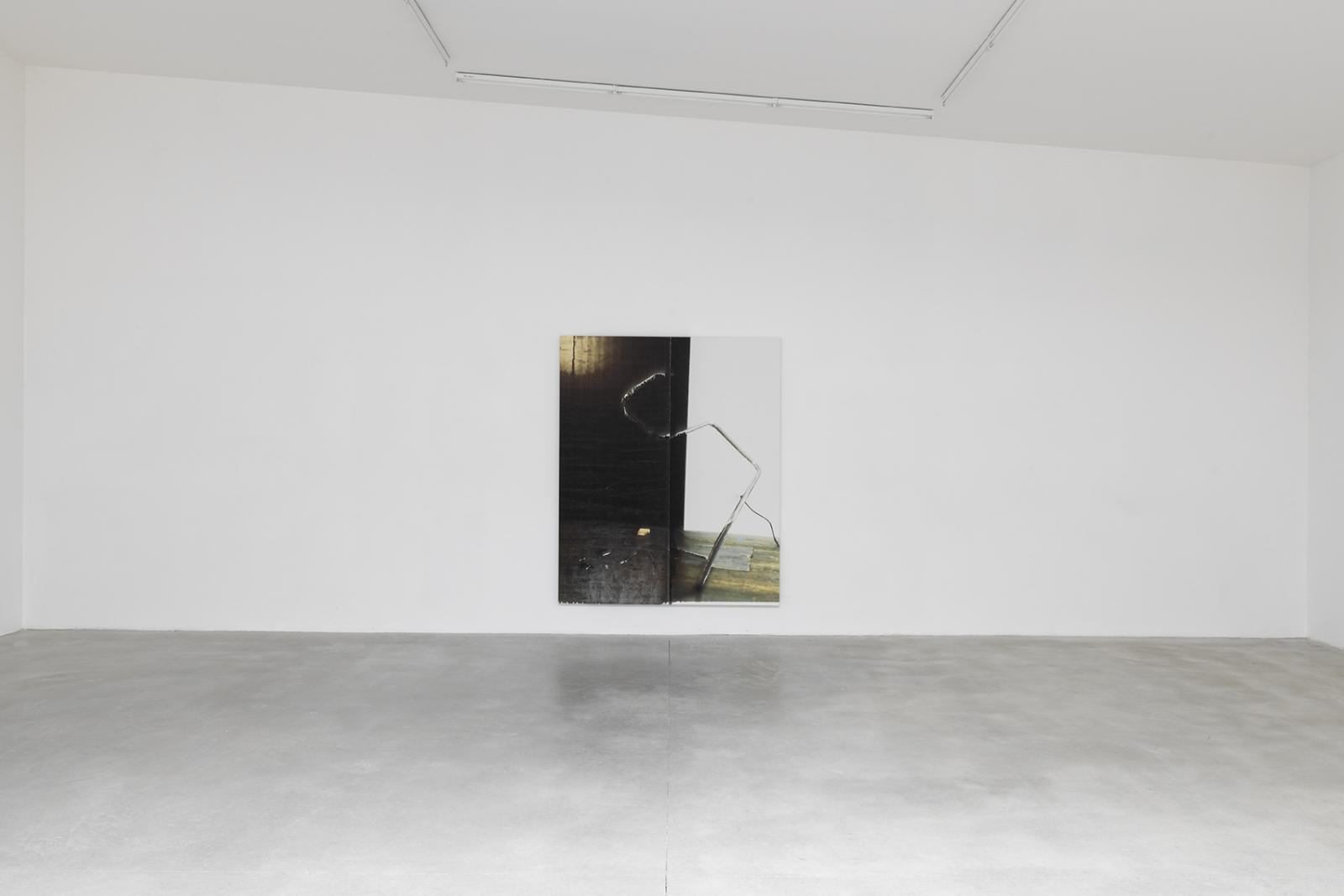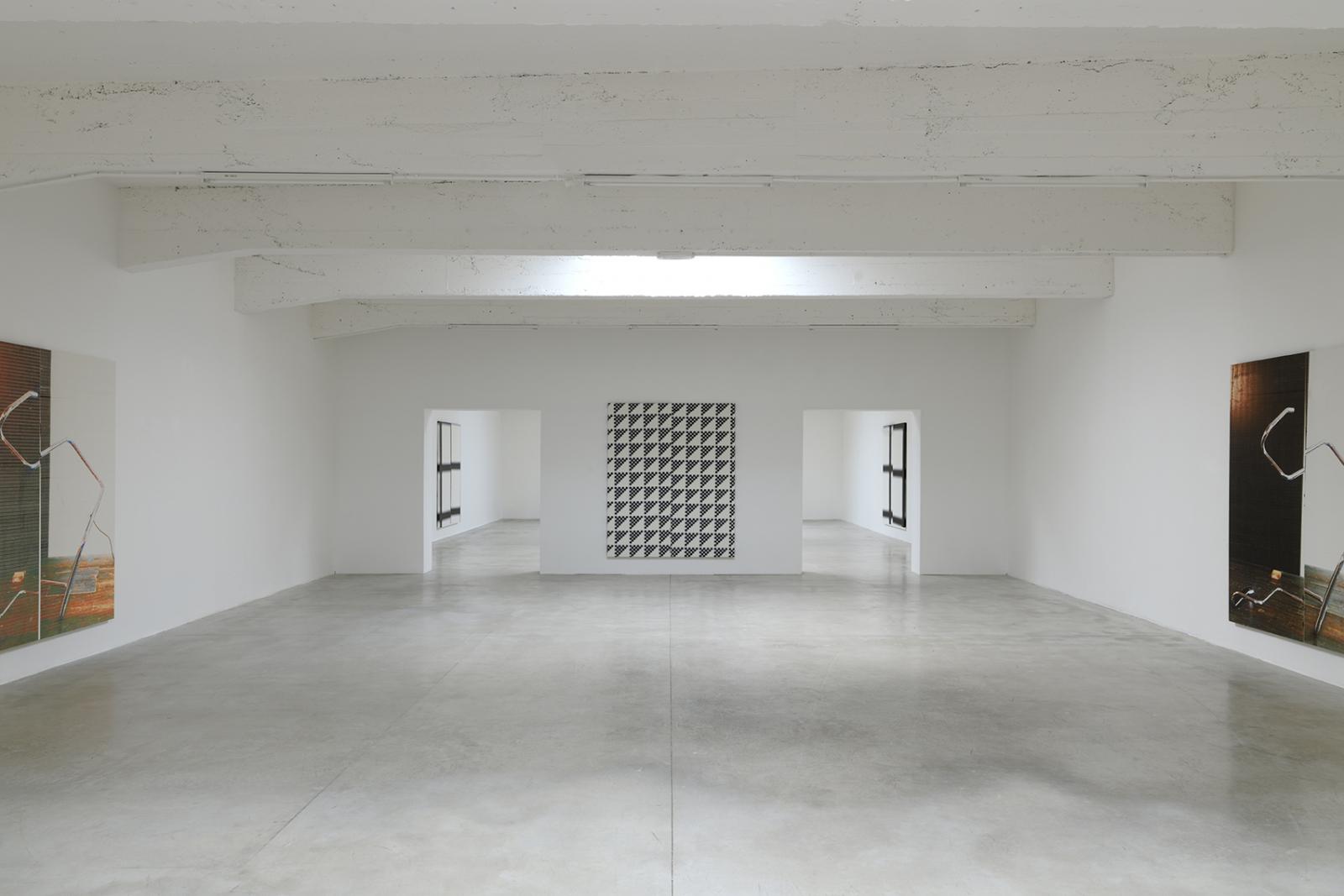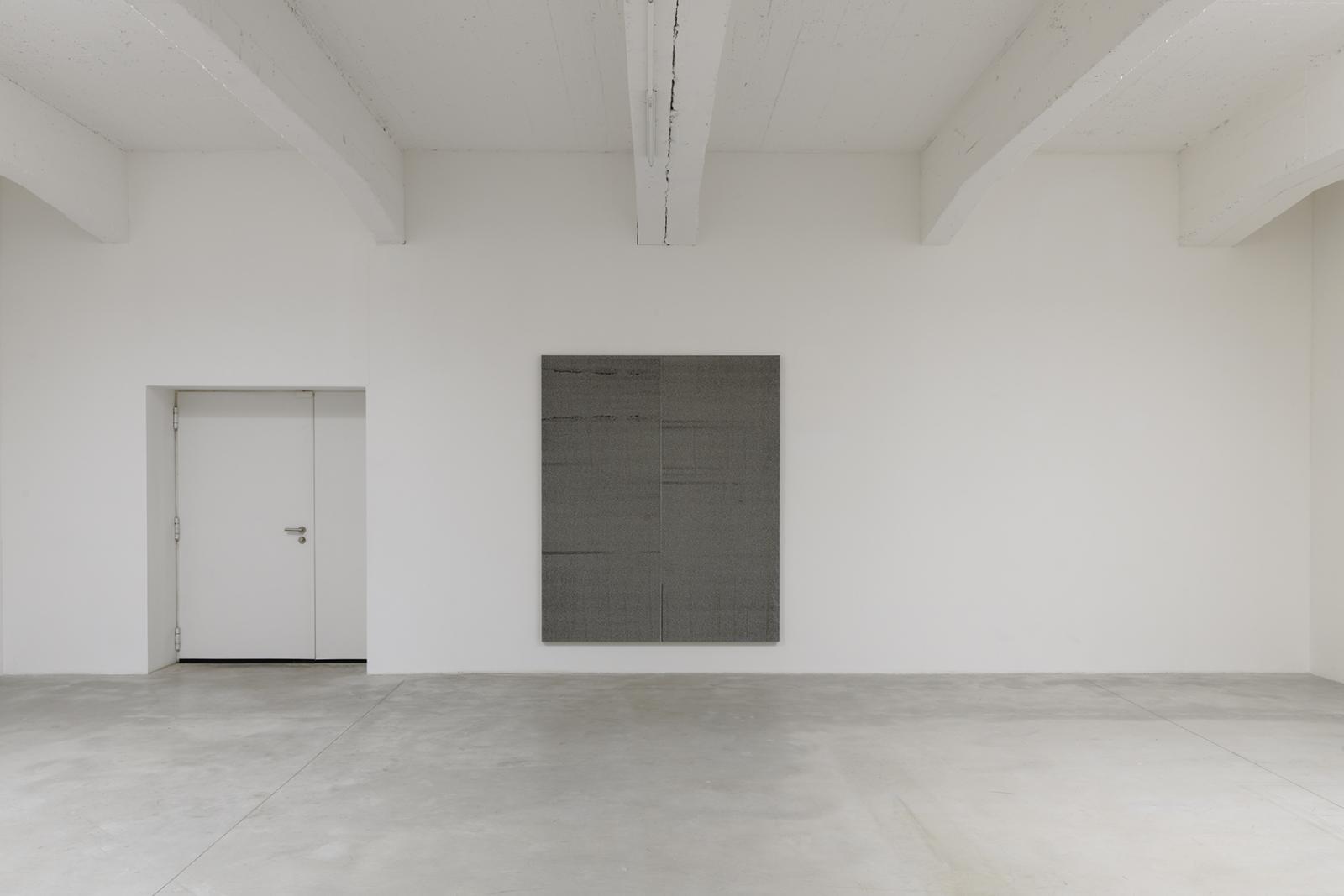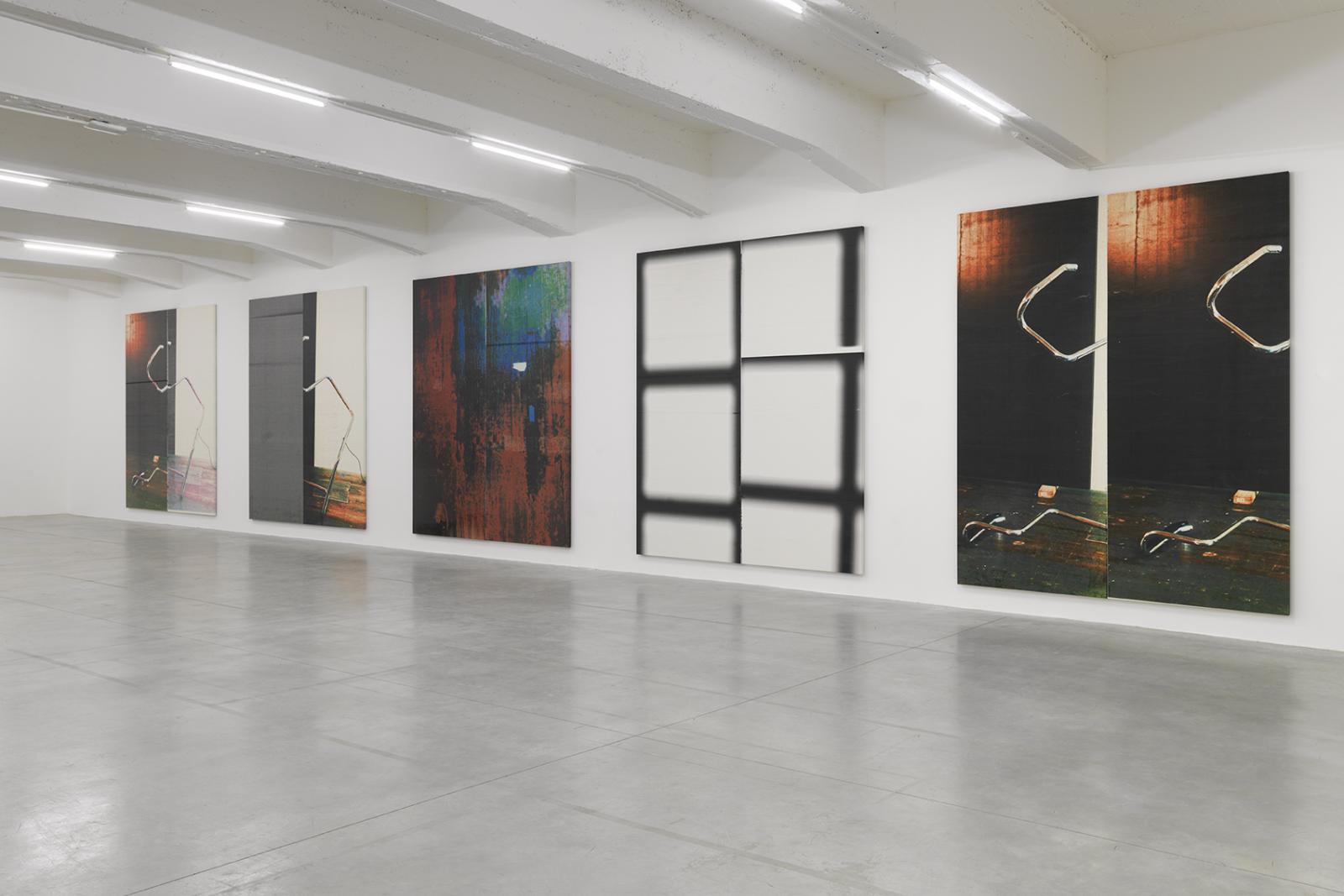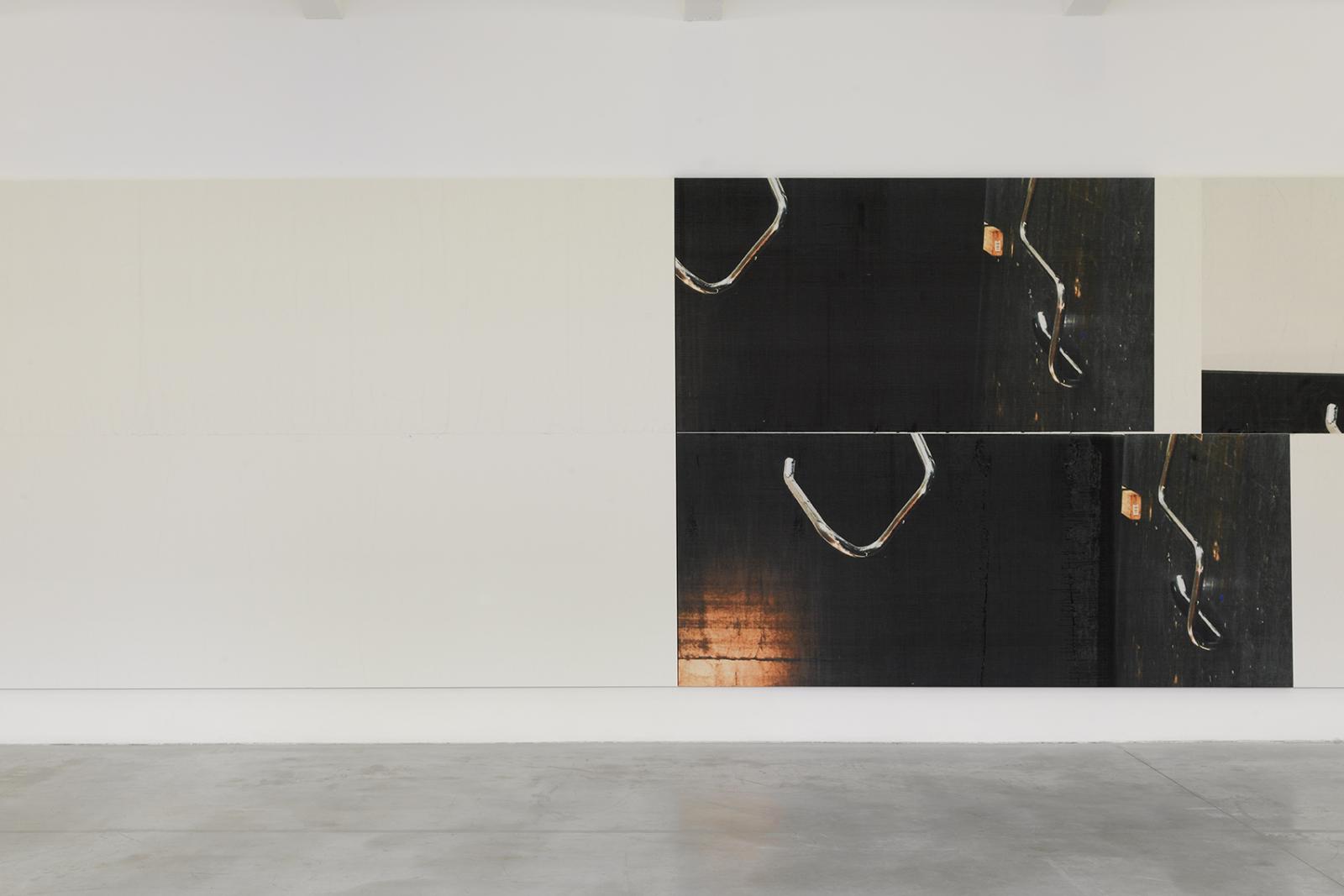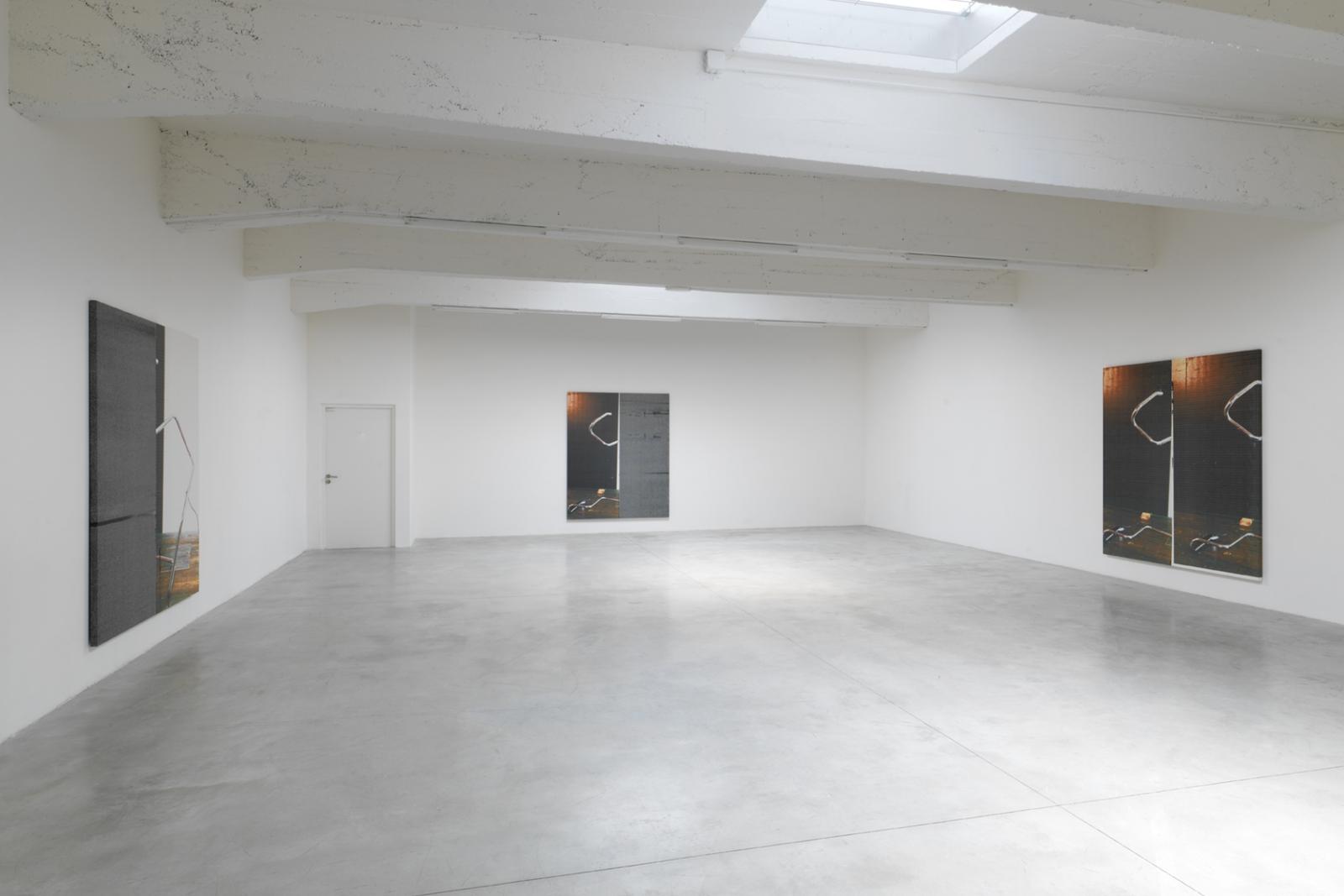Wade Guyton
Wade Guyton
For this major monographic exhibition, American artist Wade Guyton presents thirty new works created especially for Le Consortium’s space in Dijon and that of the Académie Conti in Vosne-Romanée.
Born in 1972 in Hammond, Indiana, Wade Guyton (who lives and works in New York) is one of the most influential representatives of this generation of artists who reflect on and produce images in a digital era.
Although some of his works question the structure and language of painting, in the traditional sense of the word, they still radically modify codes and modes of production. Guyton’s paintings are realized by putting canvases several times through huge inkjet printers to print motifs and letterings. Errors, drips, and misprints are part of the general composition programme and ensure the result’s unicity: “The first works I made with the computer were like writing, replacing the pen with a keyboard. Instead of drawing an X I decided to type it.”
These signs generated on his computer - may they be X, U, or even the image of a flame scanned from a book – and repeated under different formats have all become icons of contemporary art. Guyton also produces sculptures, drawings, and installations, but this time he chose to limit himself to the “painting” format. He is taking on a new chapter in his work with a series of clearly figurative pieces, alongside more abstract works, all created between 2015 and 2016. The central image of the exhibition, spanning various dimensions, is a photograph taken in his studio. In the foreground is one of his sculptures made of a modified tubular framework from a Marcel Breuer chair, standing on the floor.
In the background, we make out the right side of one of his “Black Paintings”, as well as the white wall on which it is resting. Other images representing the wooden floor of his New York studio, as well as close-ups of bitmap files, complete these new pieces.
“To understand my work differently I started photographing it in the studio and using these images to produce paintings. And it is perfectly logical to use a photographic image with the tools I’m using. The printers I use were designed to replace darkroom photography; a kind of hostile business advancement masked as technological progress and image improvement.”
The sudden upsurge of biographical elements drawn from the reality of his daily practice, disrupts the iconography usually deployed by this artist and opens new perspectives. Through a mise en abîme of his own work, Wade Guyton keeps questioning the entire chain of production and representation as well as the future of art as an image.
—Nicolas Trembley
